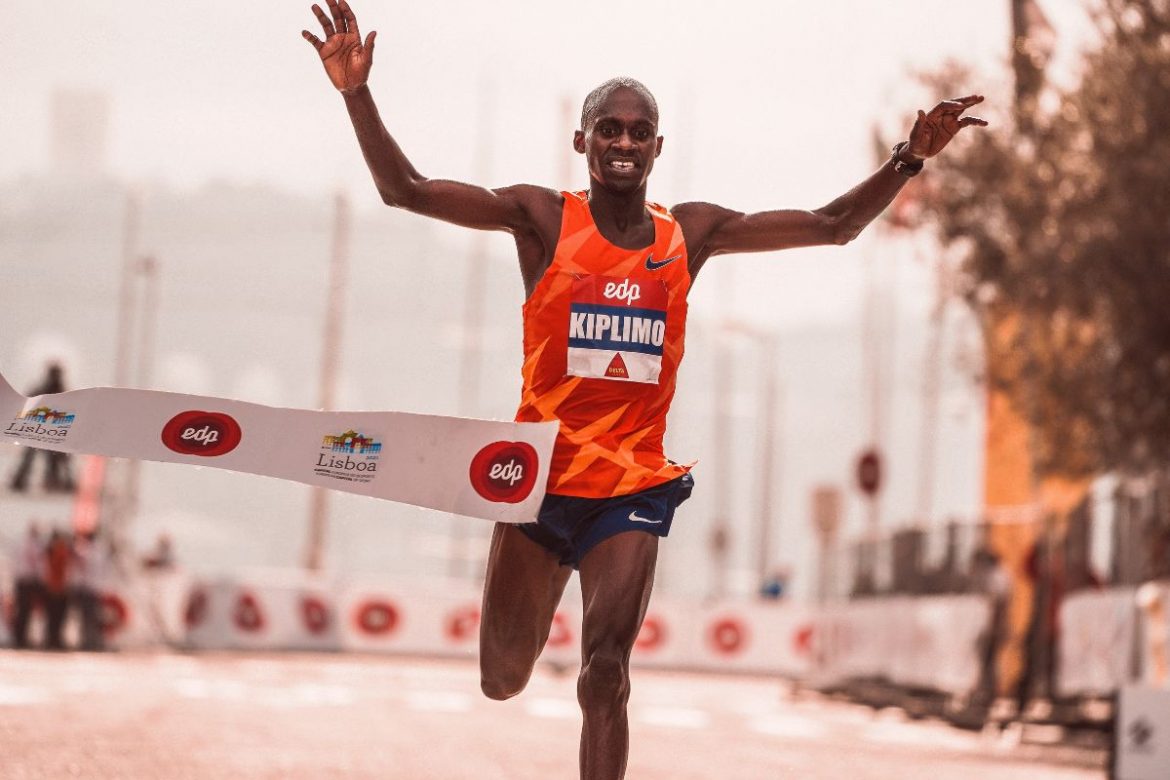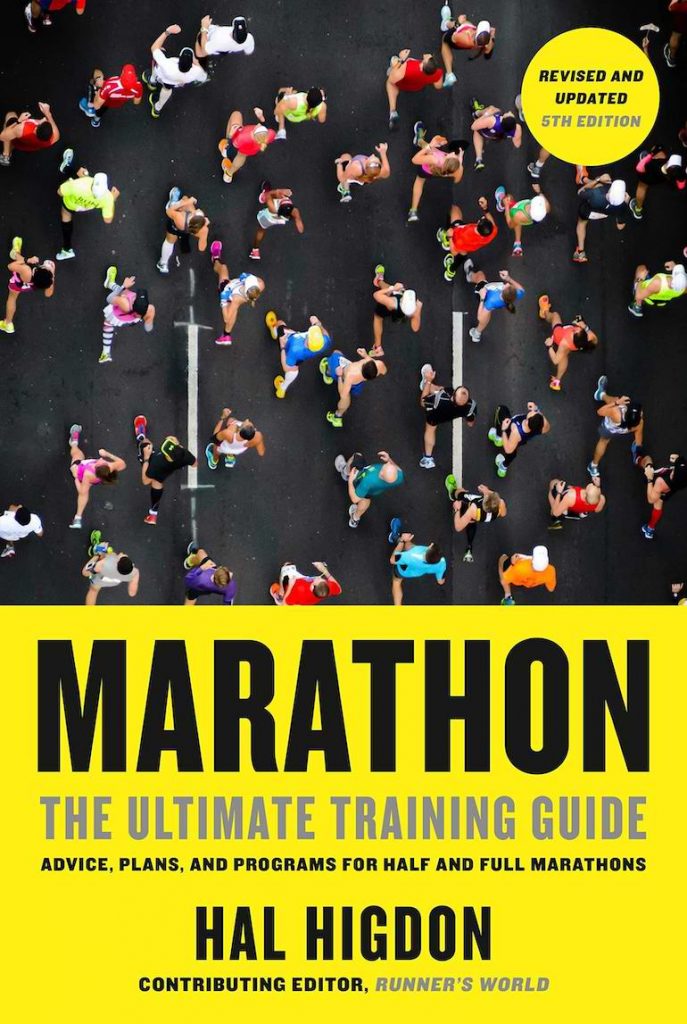Tapering is an essential part of the training process for a marathon or half-marathon. It is the period of reduced training volume and intensity leading up to the race. The purpose of tapering is to allow the body to recover and rebuild from the high-intensity training while maintaining fitness levels, so you can perform your best on race day. Here I will tell you all you need to know about how to taper for a marathon or half-marathon.
The duration of the taper period can vary depending on the runner’s experience, the length of the race, and the training plan. Typically, the taper period lasts for two to three weeks, with the most significant reduction in training occurring in the final week before the race.
During the taper period, the focus shifts from building fitness to maintaining it. The goal is to reduce the risk of injury and prevent overtraining while allowing the body to fully recover from the training load. The training schedule should include a mix of easy runs, shorter tempo runs, and some strides to maintain speed and prevent stiffness.
Read more: Nike Alphafly 3 release date
It’s important to remember that the taper period is not a time to increase your training or try to cram in last-minute workouts. This can result in fatigue and overtraining, which can negatively impact your performance on race day.
In the final days leading up to the race, it’s important to prioritize rest, hydration, and proper nutrition. Aim to get plenty of sleep, stay hydrated, and fuel your body with healthy foods that will provide the energy you need to perform your best.
In summary, tapering is essential for preparing for a marathon or half-marathon. It allows the body to recover and rebuild from the training while maintaining fitness levels, so you can perform your best on race day. Remember to focus on maintaining your fitness, prioritize rest, hydration, and proper nutrition in the final days leading up to the race, and avoid the temptation to increase your training volume or intensity.
Read more about marathon training:
How To Train In The Last Week Before A Marathon
The goal of tapering is to reduce training volume and intensity to allow your body to recover and maximize your performance on race day. Here are some general guidelines for tapering in the last month of training before a marathon or half-marathon:
- Reduce overall training volume: In the last month, you should gradually reduce your overall training volume by 20-30%. This can be done by decreasing the frequency, duration, and intensity of your runs.
- Maintain intensity but decrease volume: Keep doing some speed workouts such as intervals or tempo runs, but reduce their volume, for example, reduce the number of repeats.
- Long runs: Your long runs should start to decrease in distance by 20-30% two to three weeks before the race. This allows your body to recover and be fresh on race day. Make sure to still maintain the intensity of the long run in the first two weeks before the race.
- Rest and recovery: In the last week before the race, prioritize rest and recovery. Reduce the amount of running and focus on foam rolling, stretching, and massage. Aim to get at least eight hours of sleep each night.
- Nutrition: Focus on healthy eating with a balanced diet that includes carbohydrates, protein, and healthy fats. Avoid new foods that your body is not used to, and make sure to hydrate well.
Remember, tapering is not an exact science, and each runner’s body is different. Listen to your body, and adjust your tapering plan as necessary. A well-planned taper will leave you feeling rested, recovered, and ready to perform at your best on race day.
FAQs – How To Taper For A Marathon Or Half-Marathon?
Tapering is a period of reduced training volume and intensity leading up to a race, usually 1-3 weeks before a marathon or half-marathon. The goal of tapering is to allow your body to recover and recharge so that you are in peak condition on race day.
Tapering is important for a marathon or half-marathon because it allows your body to recover from the accumulated fatigue of training and be fully prepared for race day. It also helps to prevent injuries and reduce the risk of burnout.
The length of the taper period can vary, but typically lasts between 1-3 weeks. It is important to experiment with taper length during training to find what works best for your body.
Yes, you should reduce your mileage during tapering. The amount of reduction varies depending on your individual training plan, but generally, you should decrease your mileage by 20-30% each week during the taper period.
No, you should decrease the intensity of your workouts during tapering. Your goal during tapering is to maintain fitness while allowing your body to recover, so you should focus on low- to moderate-intensity runs and avoid high-intensity workouts.
During tapering, you should continue to eat a balanced diet, but you may need to adjust your calorie intake to account for the decrease in activity level. Focus on eating nutrient-dense foods to support your recovery and performance on race day.
In the final days leading up to the race, focus on rest and recovery. Avoid strenuous activities and get plenty of sleep. You may also want to do a short, easy run to keep your muscles loose.
On race day, stick to your usual routine as much as possible. Eat a light, easily digestible breakfast, and warm up with a short, easy jog. Start the race at a comfortable pace and trust in your training.
It is normal to feel nervous or unsure on race day, but remember that you have put in the hard work during training and trust in your preparation. Stick to your race plan and focus on finishing strong.







